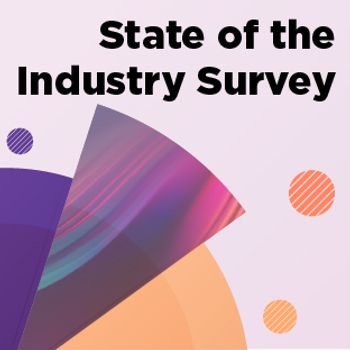
Study Explores Interaction Between 2-Phenylquinoline-polyamine Conjugate and Bovine Serum Albumin
Researchers used a multi-faceted approach that combined UV-visible, fluorescence, and circular dichronism spectroscopy to study the interaction between a newly synthesized 2-phenylquinoline-polyamine conjugate (QPC) and bovine serum albumin (BSA).
In a recent study published in Spectrochimica Acta Part A: Molecular and Biomolecular Spectroscopy, researchers examined the interaction between a newly synthesized 2-phenylquinoline-polyamine conjugate (QPC) and bovine serum albumin (BSA), to better understand molecular interactions (1). The study employed used UV–vis, fluorescence, circular dichroism (CD) spectroscopy, as well as molecular docking and dynamics simulations (1).
Led by a team of researchers from Henan University and Zhengzhou University, this study explored the binding dynamics between QPC and BSA, focusing on the underlying forces that drive the interaction. The results showed that several spectral changes occurred. For example, the research team noted that there was enhanced UV-vis absorption and reduced fluorescence (1). This means that there was a formation of a QPC-BSA complex. The quenching of fluorescence exhibited a pattern of large static quenching, accompanied by elements of dynamic quenching.
A thorough investigation of the thermodynamic parameters, docking simulation, and binding constraints revealed the interaction between QPC and BSA was also undergirded by Van der Waals forces, hydrophobic interactions, and hydrogen bonding (1). In particular, the docking study revealed more about the hydrophobic interaction, finding that 2-phenylquinoline moiety was a key contributor, situating QPC at the binding sites II of BSA (1).
Synchronous fluorescence and 3D-fluorescence analyses presented a challenge to the assumption of hydrophobic interaction between QPC and BSA, suggesting unapparent conformational alterations (1). Moreover, molecular dynamics simulations provided a contrary perspective, implying that QPC only brought about slight conformational shifts in BSA, possibly because of the compound's inherent instability (1).
Although molecular dynamics simulations suggested a limited impact on BSA's conformation, the experimental data and theoretical calculations did not completely align because of the unstable nature of the compound.
This study not only sheds light on the intricate molecular interactions between QPC and BSA, but it also underscores the importance of employing a diverse range of spectroscopic and computational techniques to capture the nuances of such interactions. The findings contribute to our understanding of how molecules interact at a structural level and open avenues for further research in the field of molecular and biomolecular spectroscopy.
Reference
(1) Tian, Z.; Ding, T.; Niu, H.; et al. 2-Phenylquinoline-polyamine conjugate (QPC): Interaction with bovine serum albumin (BSA). Spectrochimica Acta Part A: Mol. Biomol. Spectrosc. 2023, 300, 122875. DOI:
Newsletter
Get essential updates on the latest spectroscopy technologies, regulatory standards, and best practices—subscribe today to Spectroscopy.





